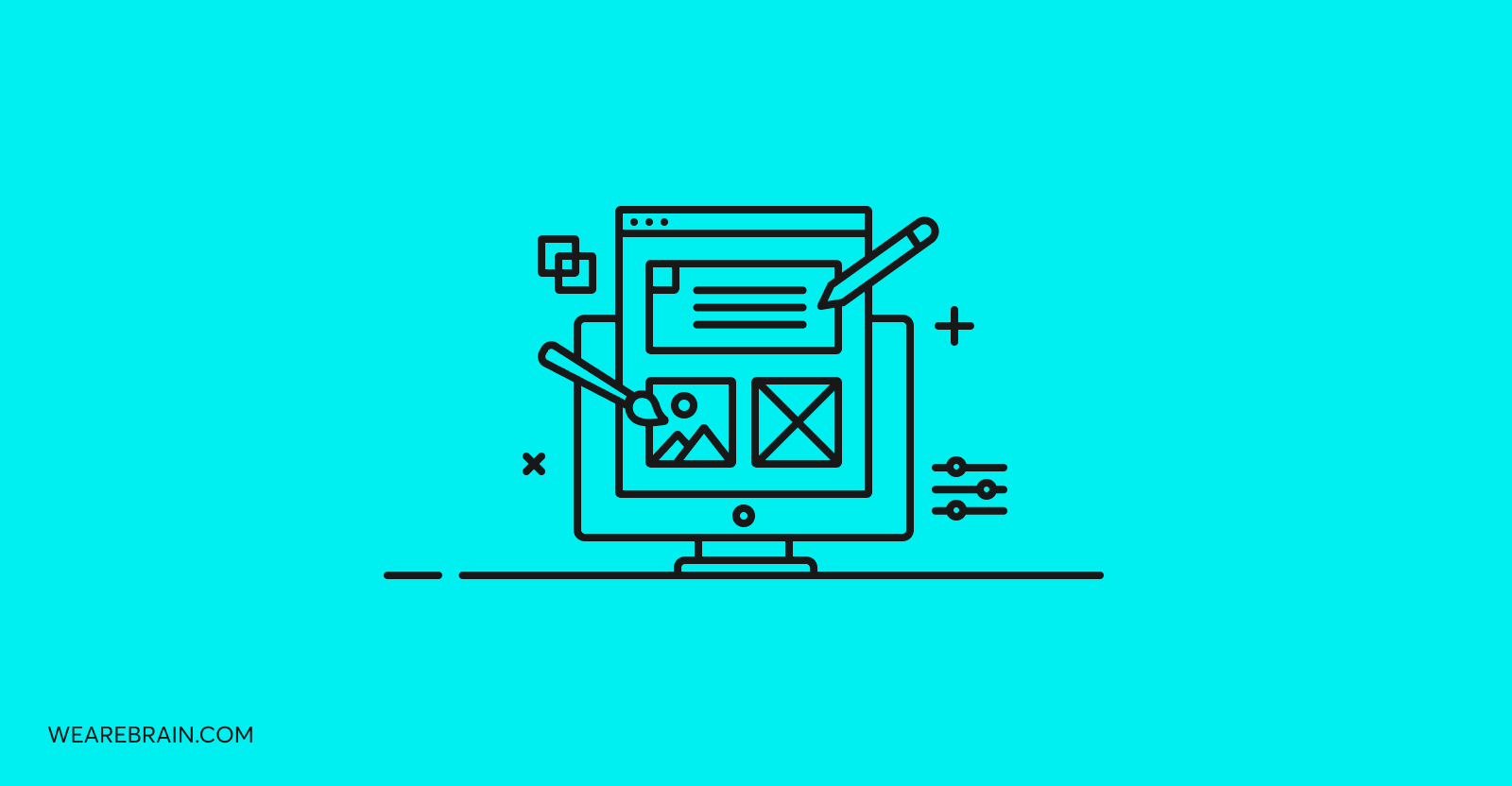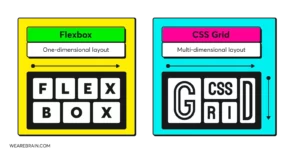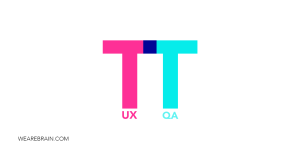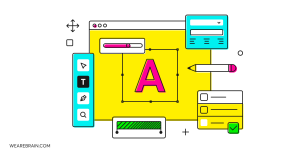UX and UI design trends for 2022

With more people around the world being glued to their screens this year, the exciting world of UX and UI has been thrust into the spotlight.
More time immersed in the digital world has created increasingly discerning users who expect personalised and unique brand experiences. This has resulted in UX and UI designers being pushed to deliver their best with innovative and thoughtful designs that enhance the user experience.
Here is our list of the most exciting UX and UI trends poised to make a great impact in 2022.
Inclusive design
As our society evolves to become more inclusive, so too our design and technology industries mirror these cultural advancements. Users expect to experience inclusivity not only in the real world but in the digital realm, too.
Inclusive design aims to include the vast array of human factors such as race, gender, age, socio-cultural background, language, disabilities, etc. into each design process. This year we saw the infamous pregnant male emoji being released along various skin shades to represent more ethnicities. While the inclusive design isn’t altogether new, we expect it to be a driving force in the UX and UI space in 2022.
Metaverse
Last year, Meta’s (Facebook) VR Remote Work app ushered in the metaverse, a binary world where users can connect with digital devices and environments using VR devices. From this, organisations can hold virtual meetings using avatars in the metaverse, and businesses can create virtual worlds to bring their brands, products and services to life.
The metaverse is going to hit its stride in 2022 as shown by Zuckerburg hiring over 10,000 people in the EU to make the metaverse come to life.
Dark mode
In 2021, dark mode became the hottest trend to gain considerable traction and shows no signs of curbing in 2022. Google’s Dark Theme for YouTube certainly cemented the trend’s staying power in 2021 and 2022 will be no different.
Dark mode is even considered a UX best practice as the lack of colour reduces strain on the human eye, limits image distortion, and saves battery (if you have an OLED/AMOLED display). These are important factors that directly affect the amount of time users spend on your website or mobile app. Dark design, using predominantly blacks and grey with a carefully selected accent colour, is timeless and adds a certain level of elegance and sophistication to your page.
So, if you want your brand to remain running with the design pack, then best you get your designers to quickly get on the dark mode/dark theme trend is now considered standard.
Neumorphism
In a quest for hyperrealism in mobile and website design, neumorphism is a trend that will only develop further in the coming years. Combining flat design elements with skeuomorphism, neumorphism creates stylish and clean designs through the clever use of shadows, highlights and gradients. The result mimics real-life objects, bringing clean interfaces to life by bringing physical elements to flat UI layouts.
Neumorphic design, or soft UI, is best used for buttons and switches, display cards, and loading bars to create a simple and almost 3D-like appearance. Neumorphism ties in well to another design trend finding its way into almost every design element imaginable: minimalism. With design leaning toward a minimalist approach as a dramatic rebuttal to cluttered displays of previous years, neumorphic design is poised to remain a leading UX and UI design trend in 2022.
UX writing and storytelling
In 2022, with all our technological advancements, the human art of storytelling remains (and will continue to) a top UX and UI trend. Humans are innately receptive to the concept of storytelling which is why the art has, and will continue to be, incredibly important for brands to engage with their audience. The right words are engaging and have the power to evoke every human emotion on the spectrum. Combining great UX writing with the power of storytelling will boost user experience to new levels.
Customers have become more discerning with their choices of brands they engage with: no longer will the hard sale copy suffice, people want to be seduced. As such, brands are finding new ways of engaging with their audiences using the power of language to create a story: familiarity. People want to feel like they are engaging not with a brand but with a person. Brands are now using more colloquial, friendly, and irreverent language to appear less formal, less threatening, and less corporate.
Microcopy is a great way brands are able to assist users while also showing their brand identity. An error page is no longer just a transmission of information but an opportunity for brands to show off their personality. While design is aimed at aesthetics, UX writing is the design of how your website or apps sounds. Microcopy is often brand-specific which means a great opportunity for brands to engage emotionally and directly with their audience.
Custom illustrations
When limitations occur regarding the amount of text on screen, digital illustrations are a great way to tell your brand or product story without saying a word. Many large brands, including high-end fashion house Gucci, will continue to tap into the growing trend of powerful illustrations to evoke emotional responses from their audiences.
Illustrations transmit multiple ideas, feelings, and moods, in a shorter space of time compared to text. They grab the audience’s attention and curiosity and directly engage with their emotional faculties which aim to draw the user in further to the brand personality. Hand-drawn illustrations also form a welcome change of fluidity into rigid layouts for a more engaging presentation of the content.
But perhaps the most alluring aspect for brands using digital illustrations in their mobile and web platforms is that each illustration is unique and bespoke to their brand. This, of course, drives distinctive brand personality further into the customer experience through personalised art while having direct control over the specific moods brands want to elicit from their audience.
3D elements
In 2022, brands will continue to leverage the engaging and emotive power of immersive 3D design elements. With Virtual Reality (VR) and Augmented Reality (AR) making a big splash this year, the use of 3D elements in website and mobile app design is a trend that will continue to rise in 2022.
Hyper-realistic 3D visuals will encompass screens to attract users’ attention and keep it. By retaining users on your site or app for longer thanks to beautiful 3D elements, the more you are likely to make a sale of your product and/or service. Intricately crafted 3D elements immerse your audience into your brand and offer a welcome change from static 2D design and copy, adding a dynamic mix of mediums on your site which drives engagement and attention.
Microinteractions
Life’s little moments are the ones that are endowed with longevity in our memory, and our experience in the digital world is no different. Microinteractions create tiny bursts of excitement and magic to your mobile app and website and serve to drive user experience to new heights of appreciation and memorability.
Microinteractions add a tasteful amount of dynamism and interactivity to your pages, turning the ordinary into the memorable. They are unique ways to show your brand’s identity without forcing a sale or product down their throat. Microinteractions are used solely for the enjoyment of the user, and it is this attention to detail that makes all the difference and will continue to do in 2022 and beyond.
Summary
UX and UI trends for 2022 will rightfully focus on enhancing the user experience to create the best and most enjoyable digital interactions for users. As technology and user expectations evolve in tandem, it is the job of every UX and UI designer to help create meaningful digital engagements between brands and users in ways that charm and excite them.
It is important to remember that creating the most memorable user experience possible is at the heart of all of these trends and predictions, as each element is designed with the user in mind.
Are you looking to add any of these trends to your business’ website or mobile app? Get in touch with us today to see how WeAreBrain can help.
Anastasia Gritsenko
Working Machines
An executive’s guide to AI and Intelligent Automation. Working Machines takes a look at how the renewed vigour for the development of Artificial Intelligence and Intelligent Automation technology has begun to change how businesses operate.







